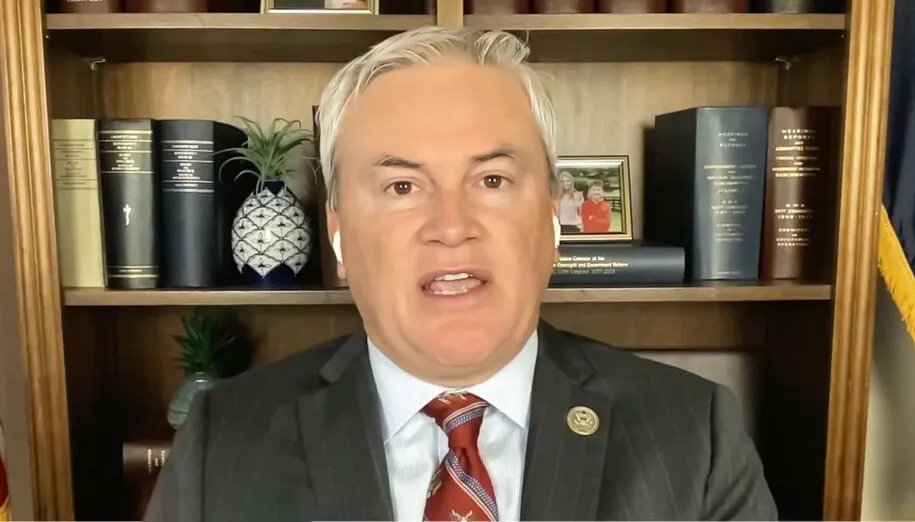We think of ourselves as the world’s greatest democracy, but we’re doing a poor job of training the next generation of citizens.
According to Pew Research, 48% percent of young people in the U.S. rarely if ever participate in civic activities; only 57% of American adults are financially literate; and with an unprecedented student debt crisis, over 40% of recent college grads are underemployed, working in jobs that do not require a college degree.
The U.S. is lagging in math, reading, and science, and as a result, education policymakers have prioritized high-stakes standardized testing in these subjects. But this has come with at least one unintended consequence: schools have doubled down on the tested “core” subjects at the expense of everything else.
Courses that are crucial in preparing students for an ever-changing world have been reduced to electives across the country. And to compound that, when school budgets are cut, electives are often the first to go.
In the latter part of the 19th century, public school attendance skyrocketed as foreign-born residents grew exponentially. As a result, public schools took on a new role of promoting assimilation and participation in democracy.
“For many generations of immigrants, the common school was the primary teacher of patriotism and civic values,” wrote Diane Ravitch and Joseph Viteritti in Making Good Citizens: Education and Civil Society.
The emphasis on civic education in public schools continued for decades until the Vietnam War, Watergate, and other tumultuous events of the 1960s and 70s which gave rise to a loss of faith in political institutions.
As the 2011 report from the Annenberg Public Policy Center explains, “Until the 1960s, three high school courses in civics and government were required, and two of them explored the role of citizens and encouraged students to discuss current issues. Today, what remains is a single course on American government that usually spends little time on how and why they should participate as citizens.”
Given low rates of political participation in the U.S. and the rise of misinformation online, civic education has never been more important.
The over 65-crowd do not have skills that can help them navigate our avalanche of misinformation.
A bottom-up solution is students being taught how to spot a lie — training they could share with their parents and grandparents.
Another area of concern is the desire to vote as America still lags other developed countries in electoral participation. Even though our voter turnout in 2020 was the largest since 1900, we still rank out of the top 20 in the developed world.
Out of 35 member countries of the Organization for Economic Cooperation and Development (OECD), the U.S. ranks 24th in estimates of voter turnout based on voting age population.
These disappointing results are not surprising given our bare-bones approach to civic education. As of 2019, just nine states and Washington, D.C. require students to take at least one year of civics, while 30 require just one semester and 11 do not require civics at all. (Kentucky does not require any civics education; it only requires students to make a score of 60% on a civics test – and they are allowed to take it over and over until they pass.)
According to a report from the Annenberg Public Policy Center, students who receive an effective civic education are more likely to vote, discuss politics at home, and volunteer in the community. These students are also, on average, more confident in their abilities to speak out and communicate with elected officials about issues they find important.
There is consensus among civic educators that the necessary components of a quality civic education include:
- classroom instruction,
- discussion of current events and controversial issues,
- service learning,
- extracurricular activities,
- student participation in school governance, and
- simulations of democratic processes and procedures.
The American education system should prepare its graduates for success in every facet of life, and that means America needs a crash course in developing more honest, non-partisan civics training. As education policy is largely set at the state level, state legislatures can take the lead by:
- Fully funding the school district in all facets of a balanced curriculum.
- Requiring a rigorous Civics education curriculum, including economics, geography, world history, US history, and service to the community.
- Sponsoring Civics clubs, mock elections, Mock Congress, Mock United Nations
- Recognition of student achievement in Civics education
Failure to provide an adequate civics education doesn’t just mean lower numbers of young people voting, volunteering, and scoring a little lower on AP test scores. It could open the door for such movements as QAnon, believers of a conspiracy theory that claims Democrats are a cabal of cannibalistic pedophiles.
States with lower levels of youth volunteering, youth voting, and youth civics test scores are also more likely to have QAnon sympathizers active in politics, or politicians who oppose criticism of QAnon.
“The 24 states with QAnon-supporting politicians had lower average youth voting rates (38.5%) than states without them (42.4%). They also had lower average youth volunteering rates (21.8%) than states without major politicians supporting QAnon (24%).” (Center for American Progress)
In the words of Baron de Montesquieu, “the tyranny of a prince is not so dangerous to the public welfare as the apathy of a citizen in a democracy.”
If we want to avoid tyranny, we must invest in effective civics education, and increase civic engagement across the board.
–30–
Comments








